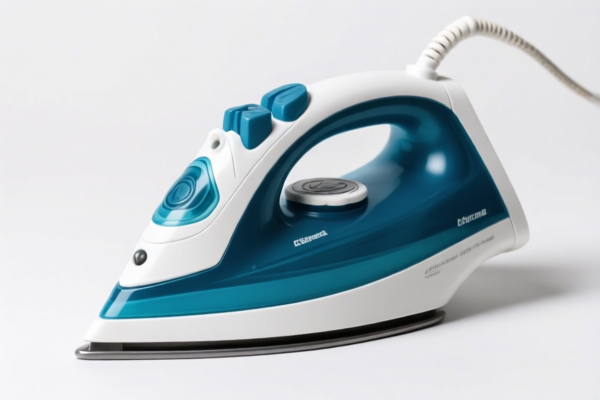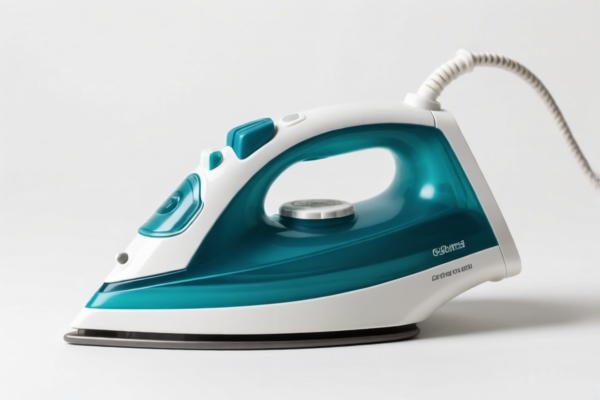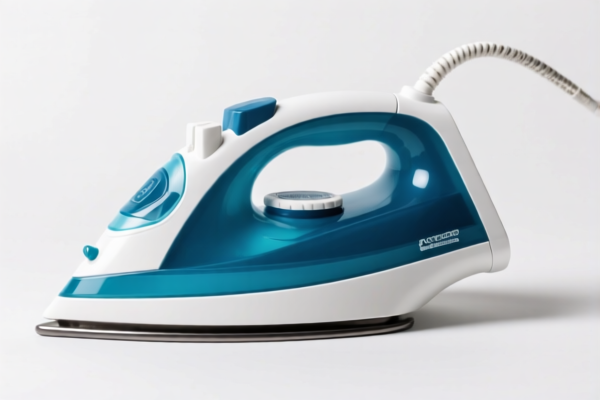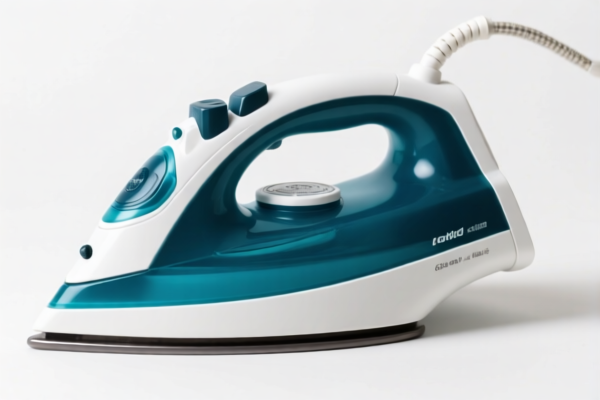| HS Code | Official Doc | Tariff Rate | Origin | Destination | Effective Date |
|---|---|---|---|---|---|
| 8501343000 | Doc | 57.8% | CN | US | 2025-05-12 |
| 8501723000 | Doc | 57.5% | CN | US | 2025-05-12 |
| 8544493040 | Doc | 60.3% | CN | US | 2025-05-12 |
| 8544493080 | Doc | 60.3% | CN | US | 2025-05-12 |
| 7225110000 | Doc | 30.0% | CN | US | 2025-05-12 |
| 7225190000 | Doc | 30.0% | CN | US | 2025-05-12 |
| 7227906005 | Doc | 30.0% | CN | US | 2025-05-12 |
| 7227906005 | Doc | 30.0% | CN | US | 2025-05-12 |




Electric Steel
Electric steel refers to steel produced primarily using electric arc furnaces (EAFs). It contrasts with basic oxygen steelmaking (BOS) which utilizes blast furnaces and converts molten pig iron into steel. The defining characteristic is the heat source – electric arcs generated between graphite electrodes and scrap metal.
Material Composition:
The base material for electric steel is predominantly steel scrap – both internal and purchased. This can include a wide range of steel types, from automotive scrap to construction debris. Alloying elements are added to achieve specific properties, similar to other steelmaking processes. Common additions include manganese, silicon, chromium, nickel, molybdenum, vanadium, and titanium. The precise composition varies greatly depending on the desired steel grade.
Purpose & Function:
Electric steel serves the same broad purposes as steel produced through other methods: construction, manufacturing, automotive, infrastructure, and more. However, EAF steelmaking is particularly well-suited for producing high-quality steels with precise chemical compositions and lower levels of impurities. It's also advantageous for creating specialty steels and smaller production runs.
Key Functions:
- High Strength: Used in structural applications where load-bearing capacity is critical.
- Corrosion Resistance: Alloyed steels offer enhanced resistance to rust and degradation.
- Formability & Weldability: Specific grades are engineered for easy shaping and joining.
- Special Properties: Tailored compositions can provide properties like high temperature strength, magnetism, or wear resistance.
Usage Scenarios:
- Automotive Industry: High-strength low-alloy (HSLA) steels for car bodies, chassis components, and safety features.
- Construction: Rebar, structural beams, and plates for buildings, bridges, and infrastructure projects.
- Manufacturing: Components for machinery, tools, and equipment.
- Pipeline Construction: High-strength, corrosion-resistant steels for transporting oil and gas.
- Specialty Applications: Electrical steel for transformers and motors, stainless steel for medical and food processing equipment.
Common Types:
- Carbon Steel: The most common type, with varying carbon content to achieve different strength and ductility levels.
- Alloy Steel: Contains specific alloying elements (manganese, silicon, chromium, nickel, molybdenum, vanadium, etc.) to enhance properties like strength, toughness, corrosion resistance, and weldability. Examples include:
- HSLA Steel (High-Strength Low-Alloy Steel): Offers improved strength-to-weight ratio.
- Tool Steel: Designed for high hardness, wear resistance, and cutting ability.
- Stainless Steel: Contains chromium for corrosion resistance.
- Electrical Steel: Silicon-iron alloy with specific magnetic properties used in transformers, motors, and generators.
- Rebar Steel: Specifically manufactured for reinforcing concrete structures.
Electric steel refers to flat-rolled products of alloy steel primarily used in electrical applications due to its magnetic properties. The specific HS codes applicable depend on the alloy composition, width, and processing method.
Here are the relevant HS codes found within the provided reference material:
-
7225110000: Flat-rolled products of other alloy steel, of a width of 600 mm or more: Of silicon electrical steel: Grain-oriented. This code covers grain-oriented silicon electrical steel with a width of 600 mm or more. These steels are commonly used in the cores of transformers and other electrical machinery where high magnetic permeability is required.
- 72: Iron and steel products.
- 25: Flat-rolled products of iron or non-alloy steel.
- 11: Specifically for flat-rolled products of alloy steel, width ≥ 600mm, of silicon electrical steel, grain-oriented.
-
7225190000: Flat-rolled products of other alloy steel, of a width of 600 mm or more: Of silicon electrical steel: Other. This code covers other types of silicon electrical steel (not grain-oriented) with a width of 600 mm or more.
- 72: Iron and steel products.
- 25: Flat-rolled products of iron or non-alloy steel.
- 19: Specifically for flat-rolled products of alloy steel, width ≥ 600mm, of silicon electrical steel, other than grain-oriented.
According to the provided reference material, the HS code options related to 'electric steel' are limited, with only the following 2 found.
Regarding HS codes 7225110000 and 7225190000, please note that the tariff for both codes is 30.0% as of 2025.4.2.
Customer Reviews
No reviews yet.